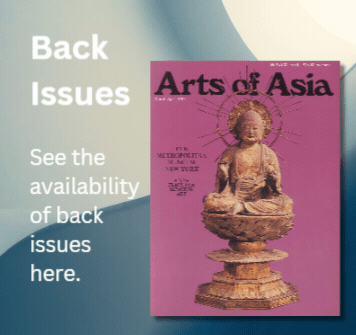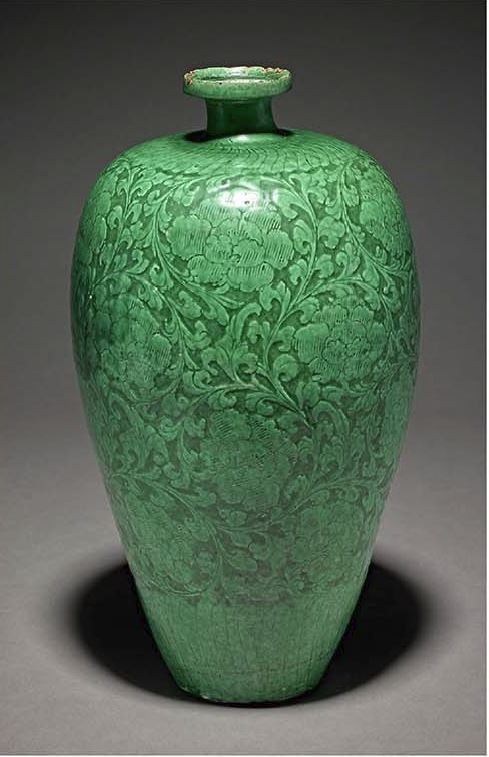
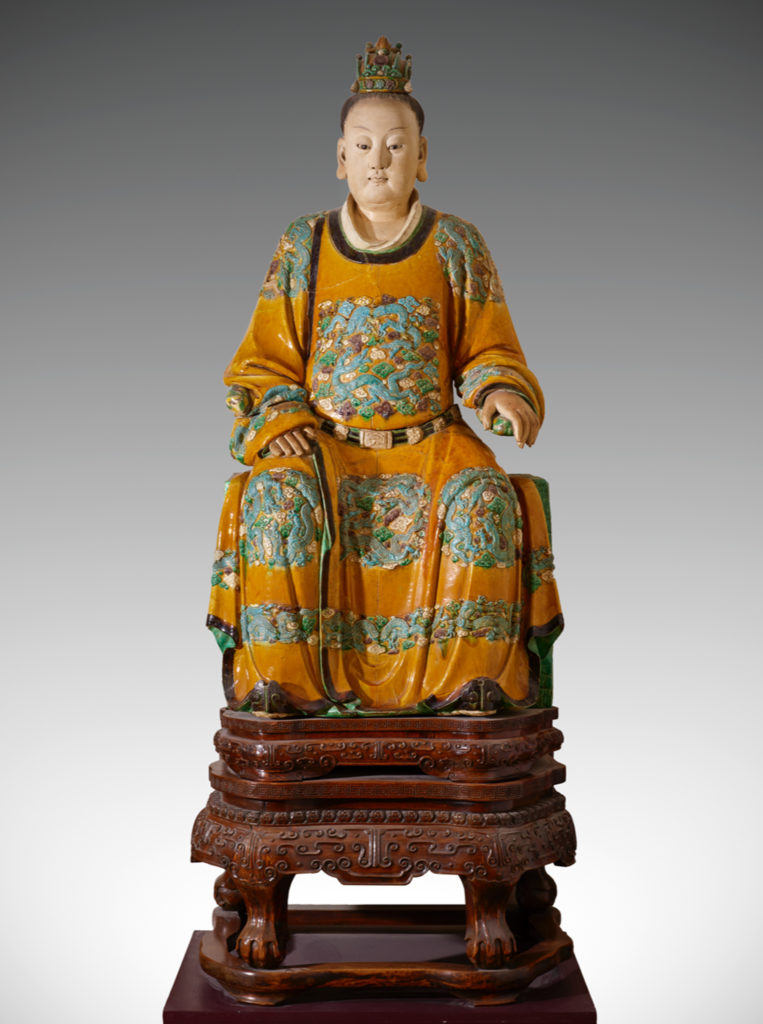
Ming dynasty, probably late 15th century
height 130 cm
THE ORIENTAL Ceramic Society (OCS) is a leading international society for the study and appreciation of Asian art, with a special focus on ceramics. The OCS was founded on January 31st, 1921, in a London drawing room, and so the Society celebrates its centenary this year. The Patron is HRH The Duke of Gloucester and the Society has members across the world. The Society hosts wonderful lectures (usually in the splendid Society of Antiquaries at the Royal Academy of Arts, London) on all aspects of Asian art, particularly Chinese and Japanese ceramics, jades, paintings and Middle Eastern art. The Society also offers handling sessions of objects from museums, auction houses and private collections, and organises visits to public and private collections, both in the United Kingdom and overseas.
From October 15th to December 11th, 2021, the OCS is presenting its centenary exhibition, “Collectors, Curators, Connoisseurs: 100 Years of The Oriental Ceramic Society”, at the Brunei Gallery, SOAS University of London. The exhibition brings together, for the first time, over 100 rare objects dating back 3000 years to recount the rich history of the OCS. On show are ceramics, bronzes, jades, sculptures and works of art from the British Museum, the Victoria and Albert Museum, the Fitzwilliam Museum in Cambridge, the Ashmolean Museum in Oxford, Bristol Museum and Art Gallery, the Museum of East Asian Art in Bath and Winchester College, as well as rare pieces from individual members. Most of the objects are from China, but there are also exhibits originating from Japan, Korea and the Middle East.
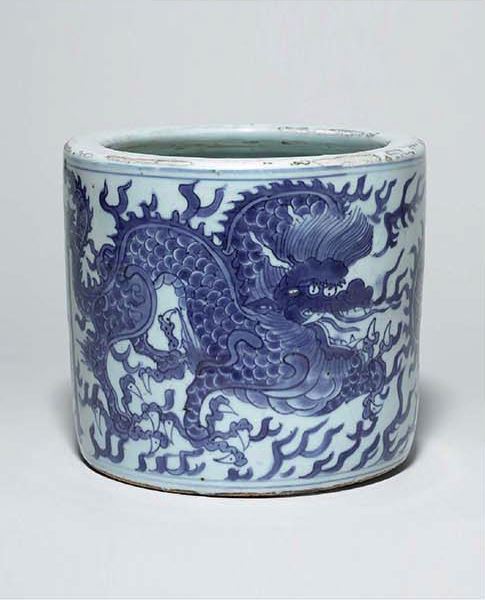
For this Winter 2021 edition of Arts of Asia I have commissioned seven impressive articles about the OCS and the centenary exhibition, and feel confident that these will be of interest to art connoisseurs, collectors, curators and historians. Sarah Wong, curator of the exhibition, explained: “This centenary exhibition brings to life the story of the Oriental Ceramic Society, through a rich array of objects borrowed from museums and private lenders and never before exhibited archival material. The early collectors, curators and connoisseurs that formed the Society were pioneers in the field of Asian art in the West. Through display of objects owned, published and exhibited by key past members, the exhibition rekindles the collecting passions and evokes the scholarly and philanthropic activities of the OCS over the last 100 years.”
The R.C. Hills Gold Medal, the most prestigious award granted by the OCS, is given to a lifelong scholar who has made a major contribution to the field of Asian art. I am delighted to announce that Professor Peter Lam is the twelfth recipient of this award. Mr Thomas Hills, son of R.C. Hills, presented Professor Lam with the gold medal at a virtual presentation ceremony held on October 12th, 2021. R.C. Hills was born in New Orleans and started collecting porcelain in the late 1940s. His collection was bequeathed to the New Orleans Museum of Art upon his death in 1998. The first gold medal was awarded in 1971 to John Alexander Pope, Director of the Freer Gallery of Art, in celebration of the Society’s Silver Jubilee.
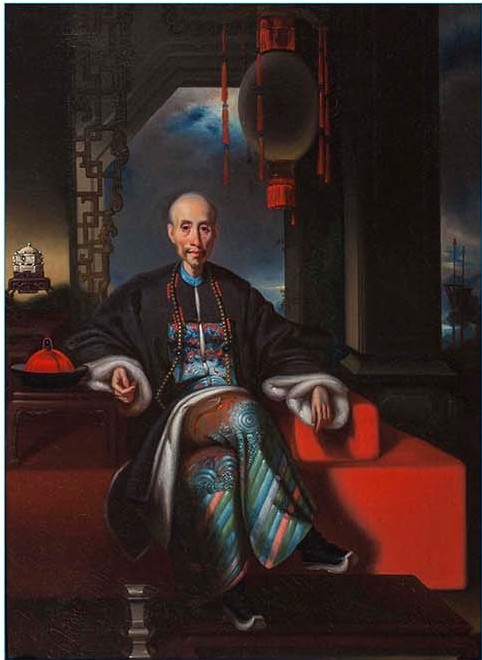
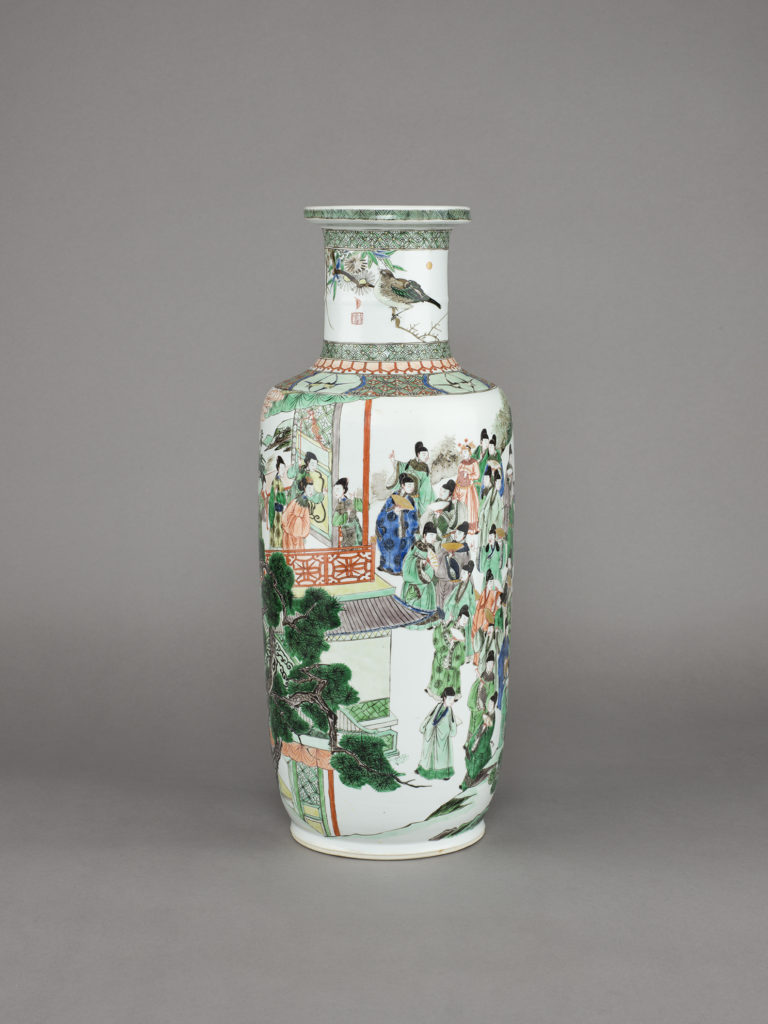
The OCS exhibition coincides with the twenty-fourth edition of Asian Art in London (AAL), the annual event that unites London’s Asian art dealers, major auction houses and societies in a series of selling exhibitions, auctions, receptions and seminars. I was kindly invited by AAL to take part in its digital initiative, “Curated by”, in which individuals working in the international art world were asked to select their favourite images of works of art exhibited by participants during AAL this year. The “Curated by” project aims to create a rich resource for Asian art aficionados, combining works from across the Asian art world into one curated collection, as well as exploring the personal tastes of the “curators”. My selection did not need to include works of art from my area of expertise, and I was encouraged to choose at least one work based purely on its aesthetic qualities. After much internal debate, I finally selected the following:
Martyn Gregory—Lamqua or studio, circa 1850, portrait of the “hong merchant”, Howqua;
Jorge Welsh Works of Art (celebrating its 35th anniversary)—pair of figures in Turkish dress, porcelain decorated in overglaze famille-rose enamels, Qing dynasty, Qianlong period (1736–1795), 1760–1770;
Marchant—Chinese porcelain famille-verte wucai rouleau vase painted with a scene of Cailou Ji (The Bunted Loft);
Eskenazi—magnificent dry lacquer head of a bodhisattva, Tang dynasty (618–907);
Simon Pilling—Early Spring Willow, soshun no yanagi, by Katayama Masahiko (born 1957).
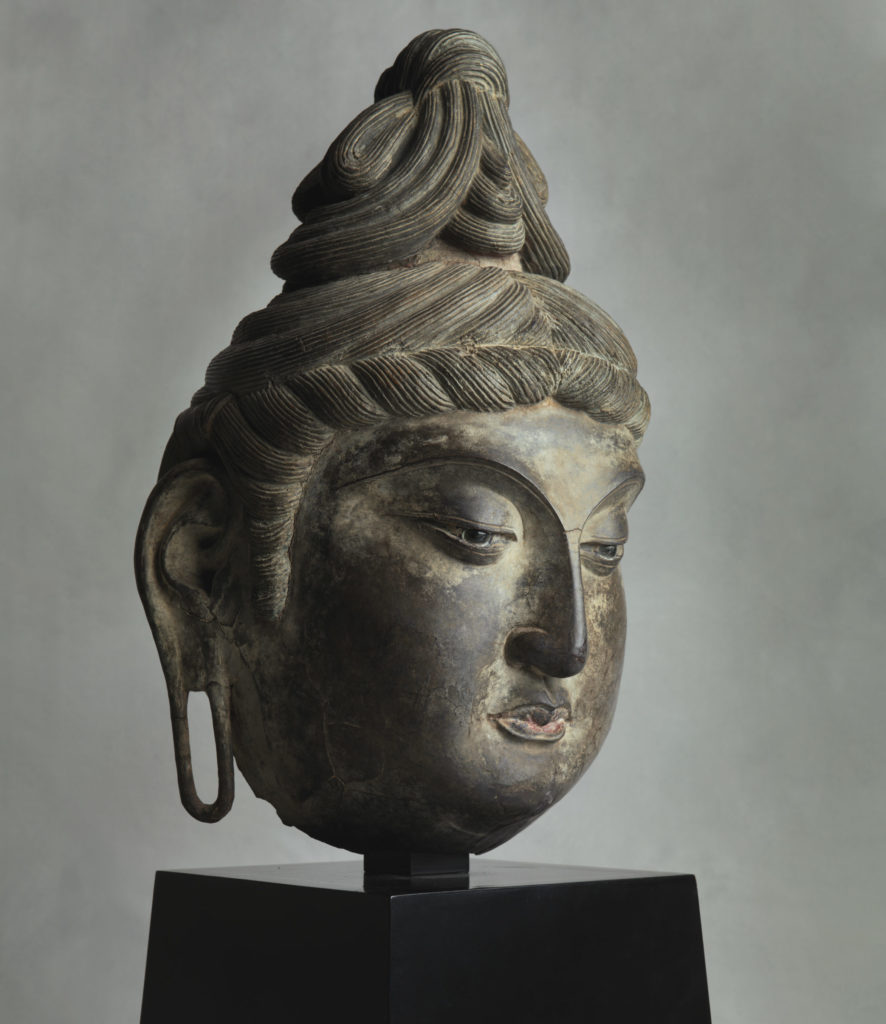
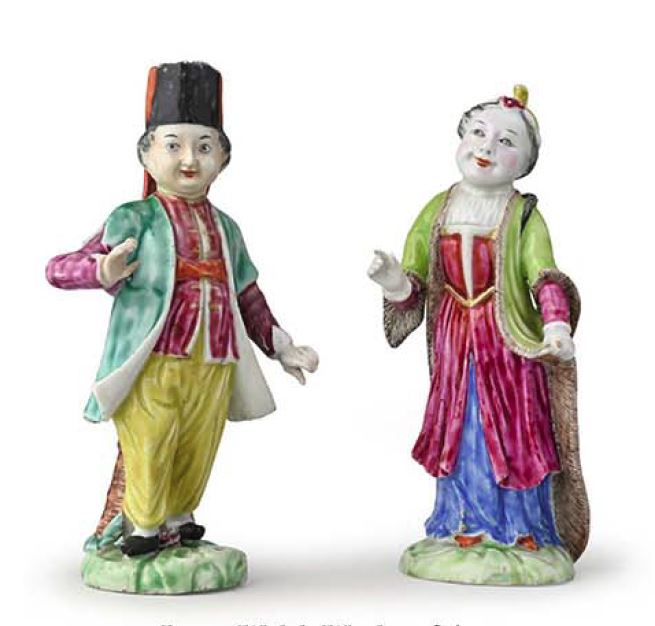

For my key highlight of AAL 2021, I chose an exceptionally rare Chinese imperial melon-shaped blue enamel teapot, Qianlong four-character mark and period, from the Bonhams sale of “The Parry Collection of Chinese Art”. An exquisite item with impeccable provenance and fascinating history, the teapot is immaculately and brightly painted with landscapes and the Four Seasons motif around the lobes. Acquired in London via Spink & Son Ltd in 1925 by Mrs Parry, who together with her husband, Edward Arthur Parry, formed a Chinese art collection of the highest quality, this teapot remained in the family’s collection for nearly a century.
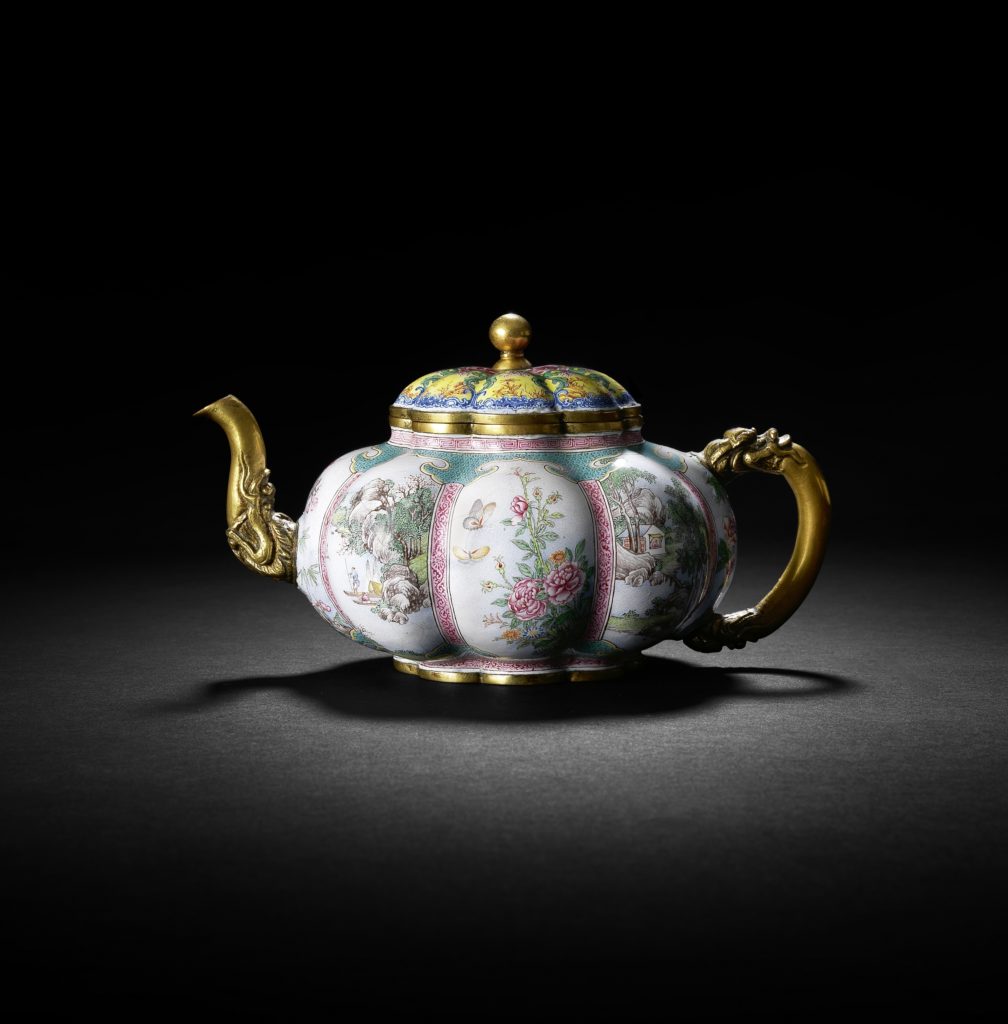
Finally, I would like to mention that our redesigned website, www.artsofasia.com, has received an excellent response from visitors, who are enjoying the fresh new look and high-quality content. The full digital archive of Arts of Asia, from 1971 to the current edition, has proven very popular with institutions, auction houses, galleries and collectors, and has made accessing or ordering back issues much easier. I am extremely proud that Arts of Asia continues to publish beautiful and interesting issues, and remains highly appreciated as a key source of information in the field of Asian art and antiques. I would also like to take this opportunity to wish all of our readers a very happy Xmas and New Year.

Please click here to view the contents of this issue.

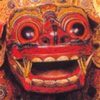 Subscribe
Subscribe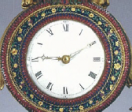 Calendar
Calendar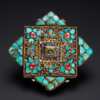 Links
Links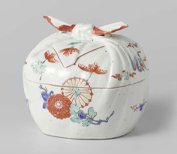 Gift
Gift

